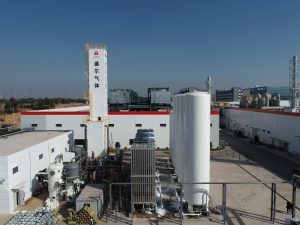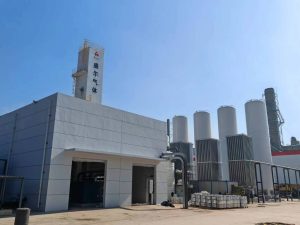This guide analyzes cryogenic ASU cost per ton O2 across CAPEX, OPEX, power use, and argon credit.Meta Description: Analysis of cryogenic air separation costs for O₂ production, detailing CAPEX, OPEX, and power consumption (kWh/ton O₂), with argon byproduct credits and a sample cost model table.
Cryogenic air separation units (ASUs) produce high-purity oxygen (O₂), nitrogen (N₂) and argon from liquefied air via fractional distillation. These systems are widely used in steelmaking, chemicals, energy (e.g. hydrogen plants), and electronics. A key metric for ASU economics is the cost per ton of O₂ delivered. Costs depend on plant size (O₂ capacity), equipment design, electricity consumption (kWh per ton O₂), and byproduct sales. Large ASUs gain economies of scale, reducing capital cost per ton of capacity. This article breaks down the capital expenditures (CAPEX) and operating expenditures (OPEX) of cryogenic ASUs, quantifies power requirements, and shows how argon recovery credits offset costs. A sample cost-per-ton model table illustrates typical values for tons-per-day (TPD) capacity, energy use, power price, and argon credits.
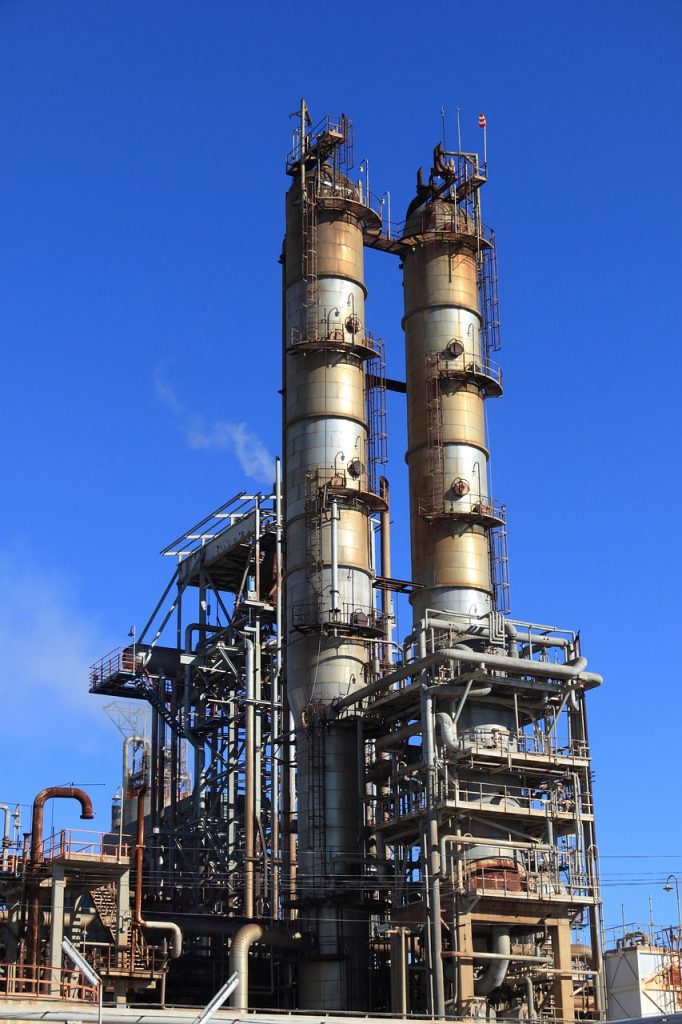
CAPEX of Cryogenic ASUs
The CAPEX of a cryogenic ASU is dominated by compressors, cryogenic heat exchangers (cold boxes), distillation columns, and control systems, plus installation (foundations, piping, instrumentation). Costs rise with capacity but with diminishing cost per unit throughput. As a rule of thumb, modern large ASUs cost roughly $200–$300 per ton of annual O₂ capacity(THUNDER SAID ENERGY)(cen.acs.org). For example, Air Liquide recently committed ~$850 million to build four ASU trains producing 9,000 tons O₂ per day (∼3.3 million tpa), implying about $260 per TPA of capacity(cen.acs.org). Smaller modular units may have higher $/ton-capacity due to fixed overhead. In one survey, CAPEX ranged from ~$25 million for a 200 TPD plant to ~$125 million for 3,000 TPD(Oxygen Generation and Storage: Air Separation Unit). When designing an ASU, engineers often trade higher CAPEX for greater efficiency: investing in bigger heat-exchanger area or extra refrigeration can cut energy use and OPEX(Oxygen Generation and Storage: Air Separation Unit)(THIUNDER SAID ENERG). In practice, many vendors offer both small modular ASUs (hundreds of TPD) and mega-plants (thousands of TPD), Upsizing plate-fin surface area often lowers lifetime cryogenic ASU cost per ton O2 despite higher CAPEX.with CAPEX roughly scaling as (capacity)^0.6–0.7. Key CAPEX drivers include compressor size (50–80% of installed cost), large aluminum plate-fin cold boxes, high-pressure storage, and site infrastructure. Standard engineering practice amortizes CAPEX over 15–20 years; on a per-ton basis, this typically adds on the order of $5–$15 per ton of O₂ (depending on interest/IRR assumptions).Higher exchanger area can reduce lifetime cryogenic ASU cost per ton O2 despite added CAPEX.
OPEX: Electricity, Labor, and Maintenance
Most OPEX in a cryogenic ASU is energy cost. Over the plant lifetime, electricity can account for roughly 70–80% of total operating costs(Oxygen Generation and Storage: Air Separation Unit)(THUNDDER SAIDENERGY). (A DOE/WHO study of medical ASUs found ~75% of life-cycle cost from energy(Oxygen Generation and Storage: Air Separation Unit).) The rest of OPEX includes labour, maintenance, catalysts or adsorbent replacement, and minor consumables (e.g. lubricants). Electricity price is the largest lever on cryogenic ASU cost per ton O2.A typical industrial ASU runs continuously at high reliability, so annual uptime is often >90%. Scheduled maintenance (brief cold-box warm-ups) and off-spec air events cause modest downtime. Labor and maintenance might contribute ~10–20% of OPEX(Oxygen Generation and Storage: Air Separation Unit). For example, an ASU operator may staff shift technicians and managers, while maintenance includes periodic compressor overhauls and packing replacement in distillation columns. Other costs (e.g. facility taxes, insurance) are relatively small. In summary, electricity price and consumption dominate OPEX, so ASU sites often negotiate low industrial power rates or co-locate with cheap power sources.
Power Consumption (kWh per Ton O₂)
A cryogenic ASU has a theoretical minimum of about 51 kWh per ton of O₂ (from thermodynamics of separating air), but real plants need several times that. Modern ASUs typically consume on the order of 300–600 kWh per ton of O₂. Raising delivery pressure typically increases cryogenic ASU cost per ton O2.
Published data show specific energy use in the range of 400–700 kWh/t(delion.swiss) for standard designs, though newer high-efficiency units can be lower. Energy use depends on factors like product pressure (higher delivery pressure requires more compression), product purity (e.g. >99.5% O₂ costs more energy), and plant size (larger heat exchangers improve efficiency). For instance, an ASU delivering O₂ at 40 bar might use ~500 kWh/t, whereas lower-pressure output (~7 bar) might be ~400 kWh/t. When estimating power cost per ton, multiply the kWh/t by the local electricity rate. At $0.05–$0.07 per kWh (industrial), 500 kWh/t of electricity costs $25–$35 per ton O₂. Thus a typical electricity cost contribution might be $20–$50/ton O₂ depending on local power prices. (Cheap power at $0.03/kWh can drop this below $15/ton, while expensive grid power might be $0.10/kWh or more.) Even within a given project, shifting to off-peak or flexible power contracts can substantially alter OPEX. Tools exist to quickly estimate ASU power draw given plant capacity and conditions(Calculate the Power of Cryogenic Air Separation Units), aiding in cost modeling.
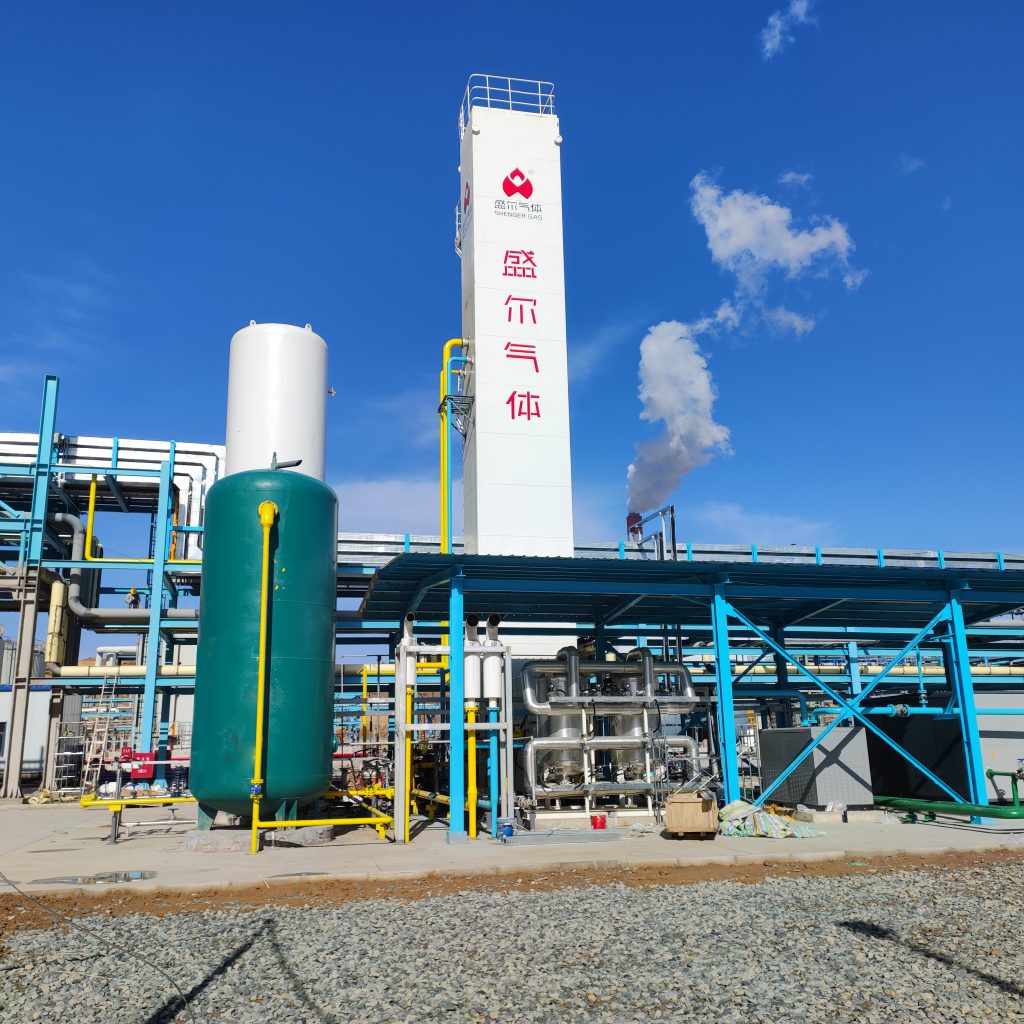
Argon Recovery and Credit
Atmospheric argon (~0.93% by volume of air) co-distills with oxygen and can be recovered as a valuable byproduct. In a multi-column ASU, argon is pulled off an intermediate side column and purified. Typical argon yield is on the order of 5–6% of the mass of O₂ produced (since air is ~1% Ar by volume). Recovering argon requires additional refrigeration and column stages, but it is often economically justified. Sales of argon (and nitrogen) reduce the net cost of oxygen. In cost models, an “argon credit” is frequently applied: the value of the argon per ton of O₂ produced is subtracted from the O₂ cost. (In practice, plant “over-the-fence” contracts sometimes give the buyer a lower O₂/N₂ price in exchange for taking the argon (credited) or supply argon themselves(THUNDER SAIDENERGY).) For rough numbers, if argon is worth, say, $500–$600 per ton, then 50–60 kg of argon per ton O₂ yields roughly $25–$35 credit per ton O₂. In many analyses, an argon credit in the range of $10–$20 per ton O₂ is assumed (after accounting for recovery costs). This credit can meaningfully offset power costs: in the sample model below, higher argon credits significantly reduce net cost per ton.Argon by-product credit can materially lower the net cryogenic ASU cost per ton O2.
Sample Model: Cryogenic ASU Cost per Ton O2
The table below illustrates how ASU size, energy use, power price, and argon credit interact in a simple cost model. It shows example ASU capacities (tons O₂ per day), assumed energy consumption (kWh per ton O₂), electricity cost ($/kWh), and argon credit ($/ton O₂). Electricity cost per ton and net energy cost (after applying argon credit) are computed. (This model omits CAPEX amortization and fixed O&M for simplicity, focusing on the major variable factors.)Cost model for cryogenic ASU cost per ton O2 under varying power and argon credit assumptions.
| Plant Capacity (TPD O₂) | Energy Use (kWh/tO₂) | $/kWh | Argon Credit ($/tO₂) | Energy Cost ($/tO₂) | Net Energy Cost ($/tO₂) |
|---|---|---|---|---|---|
| 500 | 600 | 0.06 | 5 | 36.0 | 31.0 |
| 1,000 | 500 | 0.05 | 10 | 25.0 | 15.0 |
| 3,000 | 450 | 0.04 | 15 | 18.0 | 3.0 |
| 9,000 | 400 | 0.03 | 20 | 12.0 | -8.0 |
In this example, larger plants operate more efficiently and secure cheaper power. Energy cost per ton drops from $36 at 500 TPD to $12 at 9,000 TPD. At 9,000 TPD, the argon credit even exceeds the raw electricity cost, giving a negative “net energy” cost (meaning the argon byproduct value more than covers the power bill). Real plants would also include CAPEX recovery (e.g. adding $5–$15/t for capital) and other O&M to get total $/ton O₂.
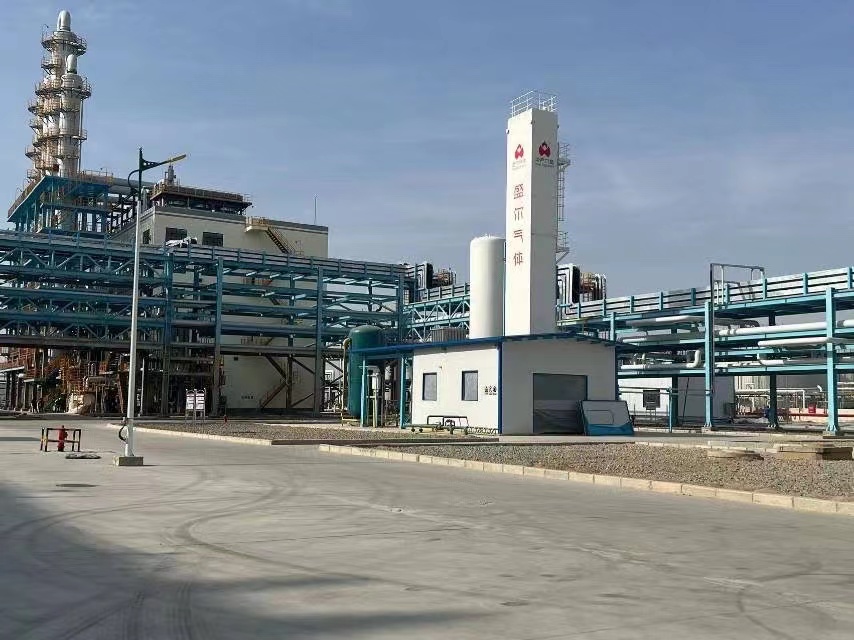
Summary and Resources
In summary, cryogenic ASU costs per ton of O₂ are set by three main components: plant CAPEX (amortized per ton of capacity), electricity use (kWh per ton and $/kWh), and byproduct credits (argon and N₂). Industrial benchmarks suggest roughly $200–$300 per ton-annual-capacity CAPEX and 0.4–0.6 MWh power per ton O₂(THIUNDER SAID ENERGY)(delion.swiss). At typical industrial electricity prices, power often contributes ~$20–$40 per ton of O₂, making it the largest OPEX driver(Oxygen Generation and Storage: Air Separation Unit). Argon recovery can “credit” ~$10–$20 per ton of O₂, lowering the net cost. Optimizing an ASU thus involves balancing higher capital (larger exchangers, additional refrigeration) against reduced power consumption. System uptime and utilization also influence economics, as idle capacity still incurs capital cost.
For a deeper analysis, a downloadable spreadsheet model and a full PDF report are recommended. These resources let users input their own assumptions (plant size, power rates, CAPEX, argon price, etc.) and instantly see the resulting cost per ton of O₂, suitable for engineering studies and investment comparisons.Projects with cheap power consistently achieve a lowercryogenic ASU cost per ton.
Sources: Industry data and technical literature on cryogenic ASUs(THUNDER SAIDENERGY)(Oxygen Generation and Storage: Air Separation Unit)delion.swisscen.acs.org were used to populate cost assumptions and validate typical ranges.

